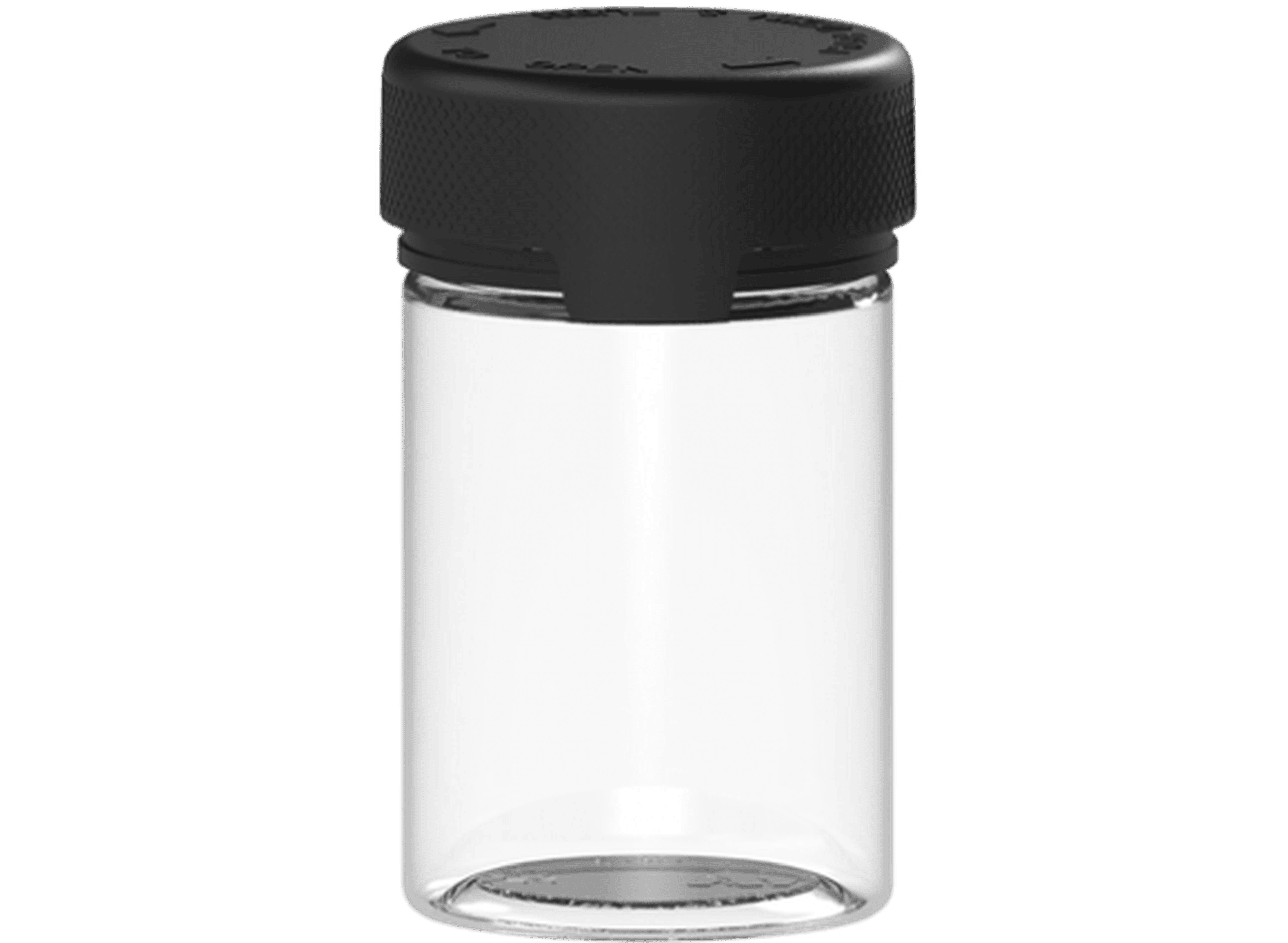Table of Contents
- International Packaging Requirements: Regulatory Compliance
- Material Selection for Global Transport Conditions
- Structural Design for Transit Protection
- Palletization Optimization for Shipping Efficiency
- Sustainable Packaging for International Markets
- Future Packaging Innovations for Global Distribution
Designing Packaging for International Shipping
International shipping presents unique challenges for packaging designers and logistics professionals. Products crossing borders face varying climate conditions, regulatory requirements, handling methods, and transit durations. Effective packaging design must address these variables while balancing protection, sustainability, and cost-efficiency throughout global supply chains.
International Packaging Requirements: Regulatory Compliance
Packaging for international markets must comply with destination country regulations. These requirements vary significantly across regions and can include material restrictions, labeling mandates, and certification standards. For example, the European Union enforces strict regulations on packaging waste through the Packaging and Packaging Waste Directive, while countries like Japan have specific recycling requirements.
Key regulatory considerations include:
- Country-specific packaging material restrictions
- Hazardous materials transportation requirements
- Phytosanitary regulations for wood packaging
- Language requirements for warning labels and instructions
- Product-specific packaging certifications
As noted in this comprehensive guide on international shipping packaging, companies must conduct thorough research on destination requirements before finalizing designs. Non-compliance can result in shipment rejections, delays, or substantial fines.
Material Selection for Global Transport Conditions
Material selection becomes particularly critical when products travel through multiple climate zones. Temperature fluctuations, humidity changes, and pressure variations can compromise packaging integrity if materials aren't properly selected.
For temperature-sensitive products, cold chain packaging solutions may be necessary. These specialized materials maintain specific temperature ranges throughout transit, protecting product efficacy and safety.
Consider these material factors for international shipping:
- Moisture resistance for humid environments
- Temperature stability across climate zones
- Compression strength for stacking during transport
- Impact resistance for handling variations
- Material compatibility with automated sorting systems
For products requiring airtight protection, specialized closure systems like secure jar caps and lids with proper sealing mechanisms can prevent contamination or degradation during extended transit periods.
Structural Design for Transit Protection
International shipments typically experience more touch points, transfers, and handling events than domestic transportation. Structural design must account for these additional stresses through:
Cushioning Systems
Products moving through global supply chains need strategic cushioning to absorb impacts. Designers must calculate the fragility factor of products and implement appropriate shock absorption through materials like molded pulp, foam inserts, or air cushions.
Nesting and Stacking Features
Efficient use of container space reduces shipping costs and environmental impact. Packaging with nesting capabilities or uniform stacking dimensions maximizes cubic efficiency in shipping containers.
Reinforcement Zones
Identifying vulnerable areas and adding structural reinforcement prevents failure points during transit. Corner protectors, edge reinforcements, and strategic material thickness variations can significantly improve package durability.
Logistics-informed packaging design considers the entire supply chain journey, anticipating handling methods at each transfer point.
Palletization Optimization for Shipping Efficiency
Efficient palletization directly impacts shipping costs and product protection. International shipping often involves standard pallet dimensions that vary by region, with the most common being:
- North American standard (48" × 40")
- European/ISO pallet (1200mm × 800mm)
- Australian standard (1165mm × 1165mm)
Packaging dimensions should be designed as modular units that maximize pallet utilization. These palletization optimization strategies can reduce shipping costs by eliminating wasted space and improving load stability.
Key palletization considerations include:
- Package dimensions that maximize pallet footprint coverage
- Uniform stacking heights to prevent load instability
- Corner alignment for structural integrity
- Weight distribution to prevent crushing
- Interlocking features to prevent shifting during transit
Sustainable Packaging for International Markets
Sustainability requirements vary globally, with some markets having stringent regulations while others focus primarily on functionality. Designing sustainable packaging for international shipping requires balancing environmental impact with protection requirements.
Sustainable strategies include:
- Rightsizing packages to minimize material use and shipping volume
- Selecting materials with global recyclability
- Reducing packaging weight without compromising protection
- Designing for reuse where appropriate
- Using single-material components to simplify recycling
As this resource on logistics-minded packaging explains, sustainability and logistics efficiency often align, as both aim to minimize excess material and maximize space utilization.
Future Packaging Innovations for Global Distribution
The future of international shipping packaging lies in smart, adaptive solutions that respond to changing conditions and provide real-time monitoring. Emerging technologies include:
- IoT-enabled packaging that monitors temperature, humidity, and handling
- Smart films that change color when products exceed temperature thresholds
- Blockchain-integrated packaging for supply chain transparency
- Bioadaptive materials that respond to environmental conditions
- AI-optimized structural designs that minimize material while maximizing protection
These innovations will enable more precise protection while reducing material usage and environmental impact. Companies investing in these technologies gain competitive advantages through reduced damage rates, lower shipping costs, and enhanced sustainability credentials.
For businesses navigating the complexities of global distribution, packaging design represents a critical strategic consideration that impacts everything from product integrity to customer satisfaction and environmental footprint. By approaching packaging as an integrated component of the international supply chain rather than just a product container, companies can achieve significant operational and competitive advantages.











Leave a comment
All comments are moderated before being published.
This site is protected by hCaptcha and the hCaptcha Privacy Policy and Terms of Service apply.